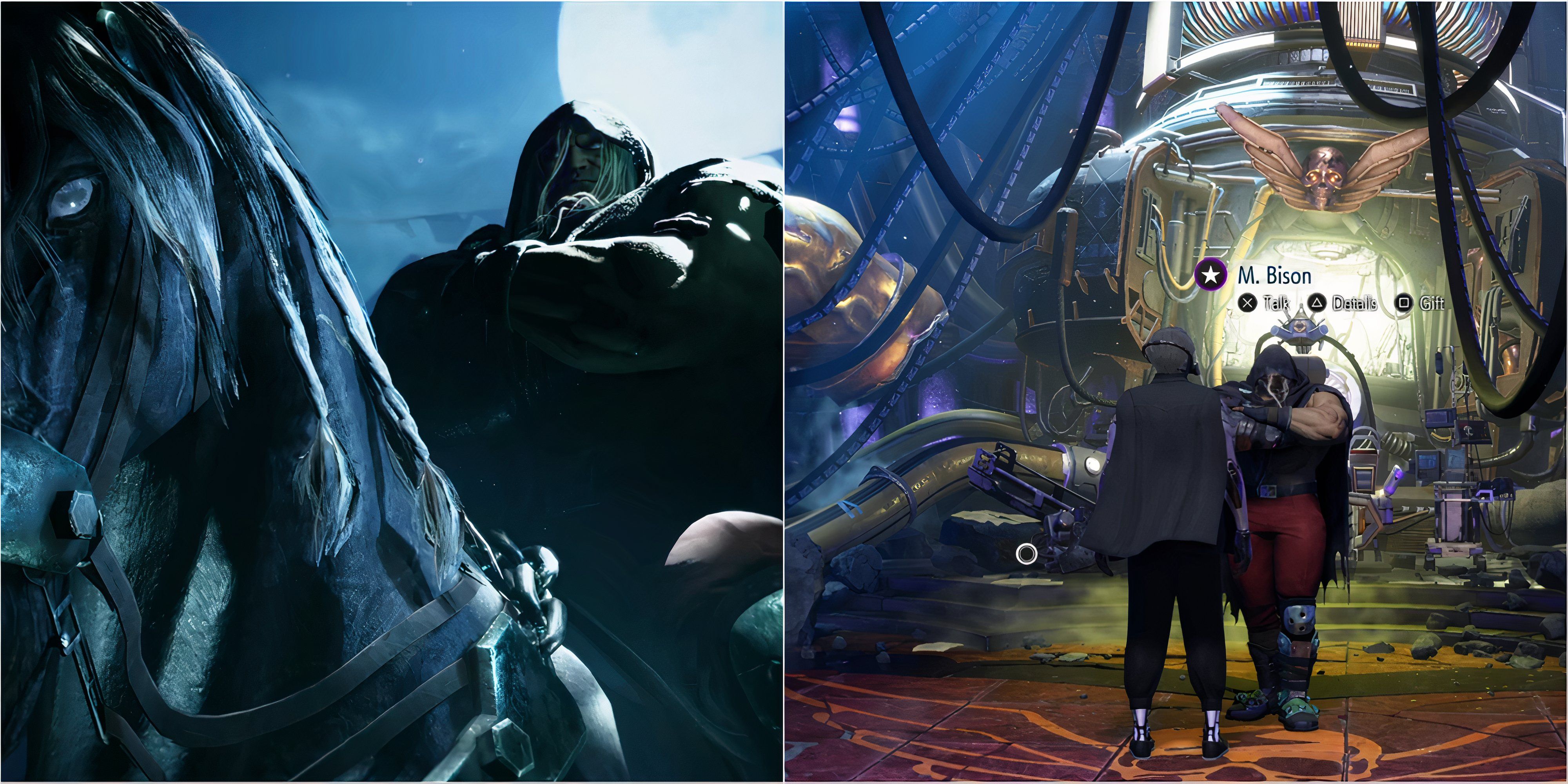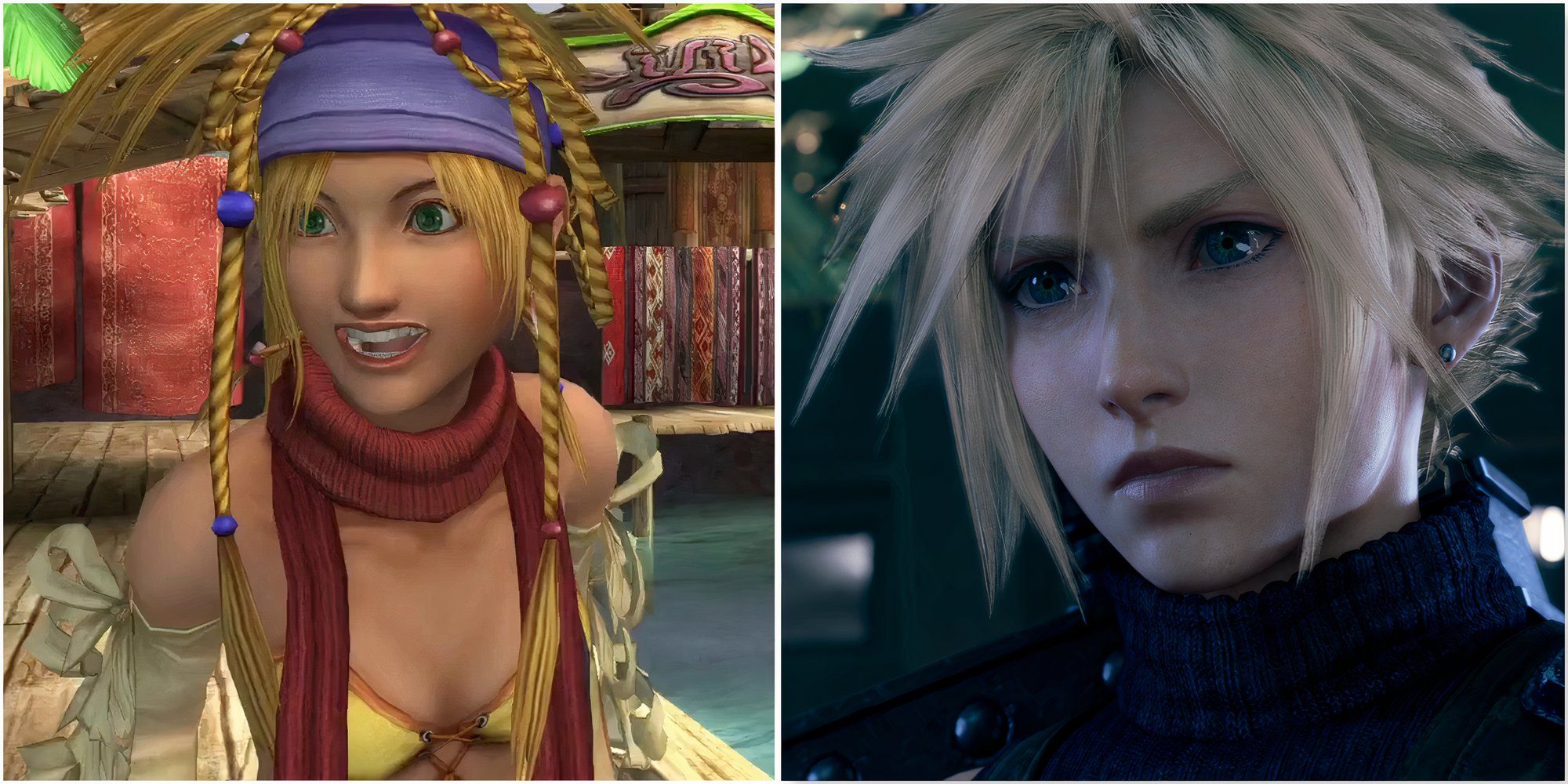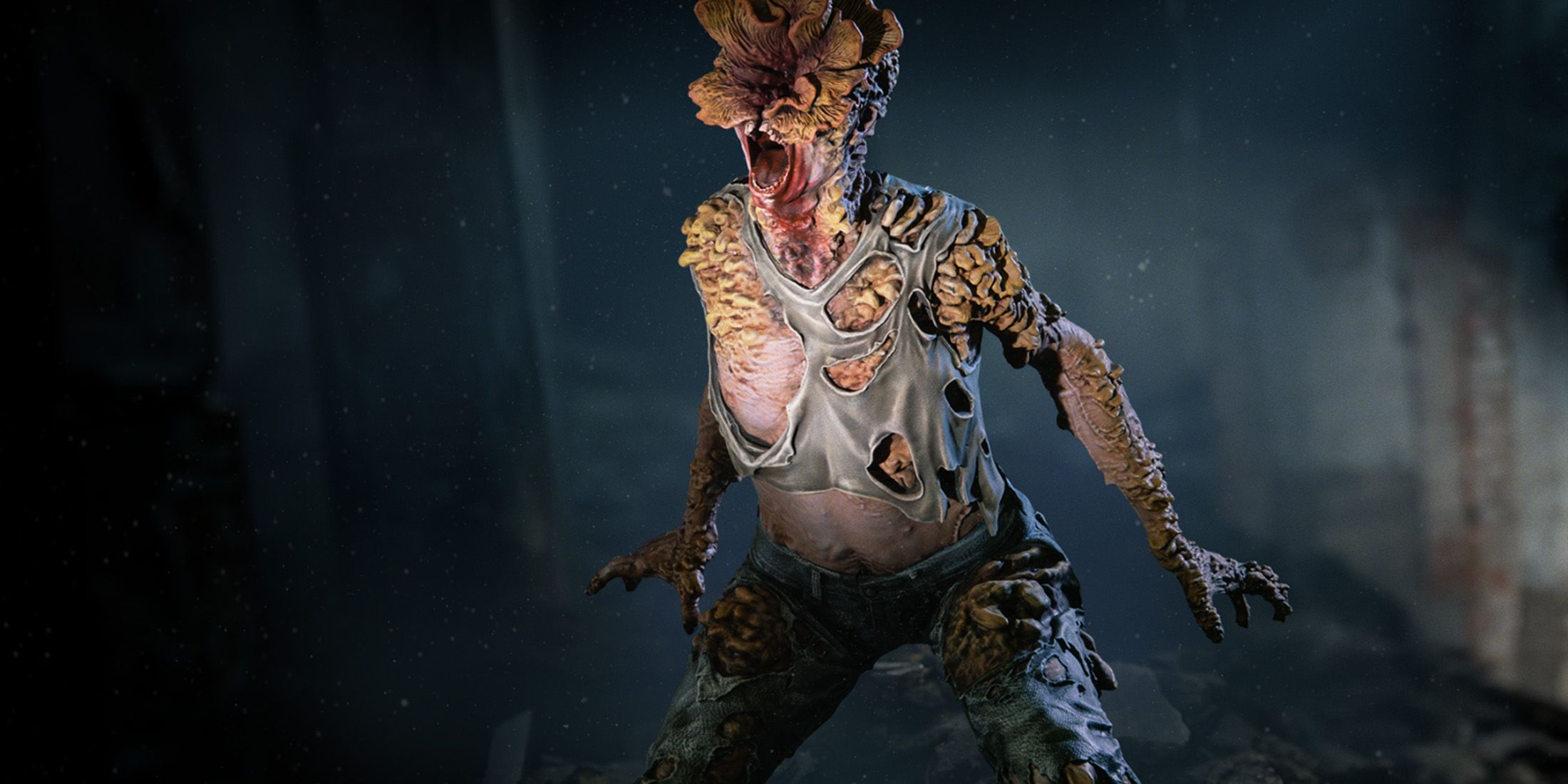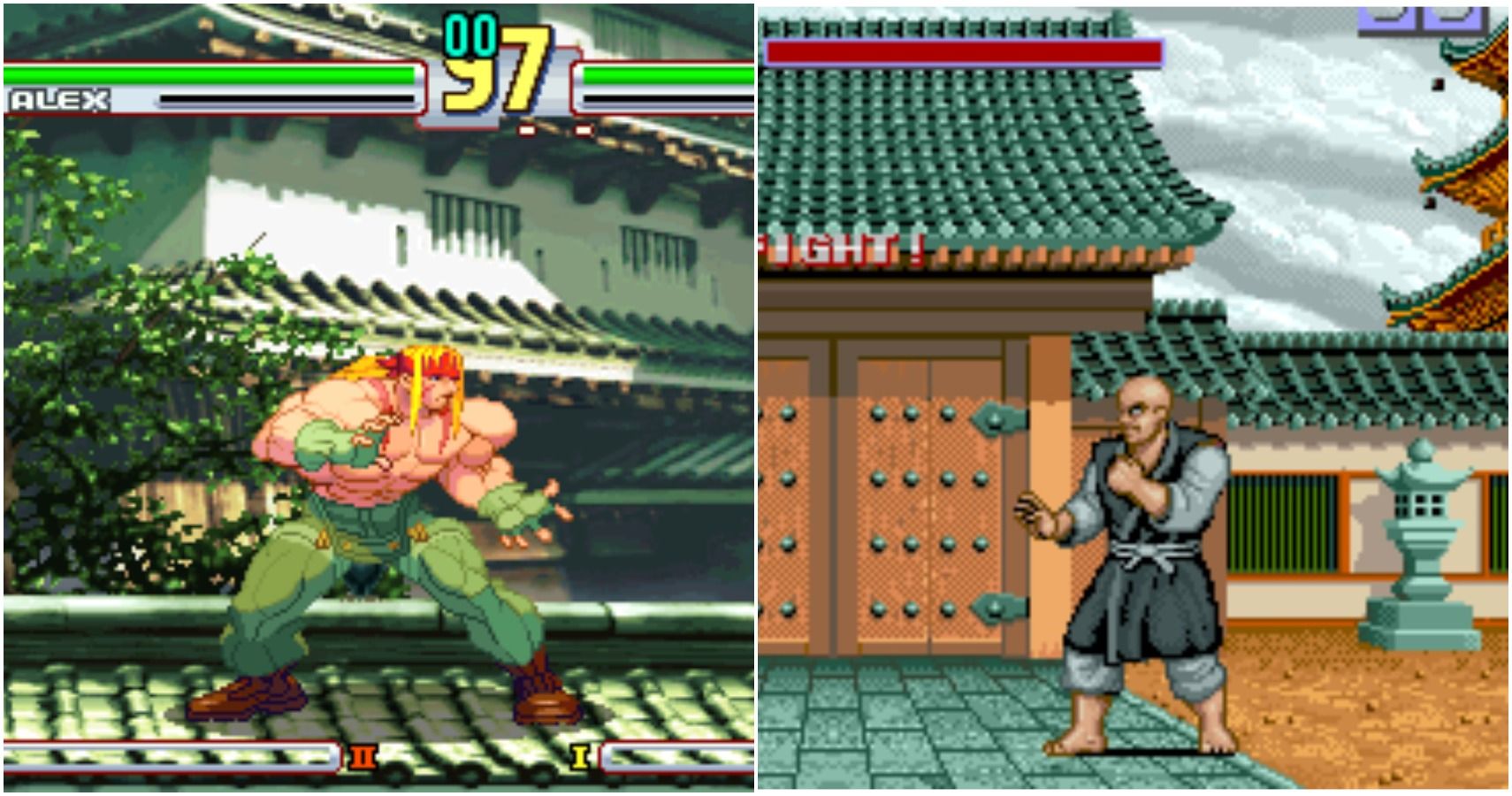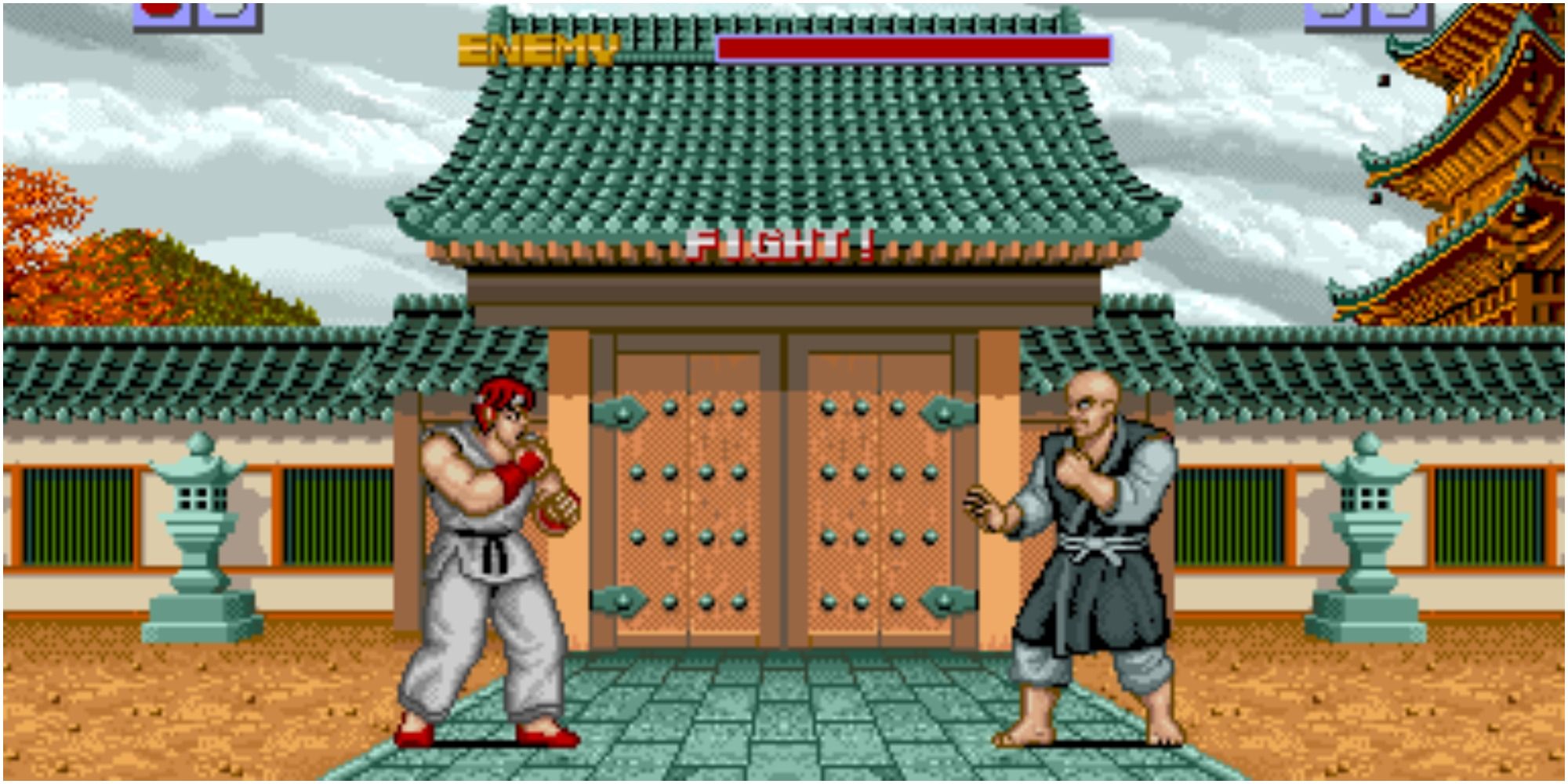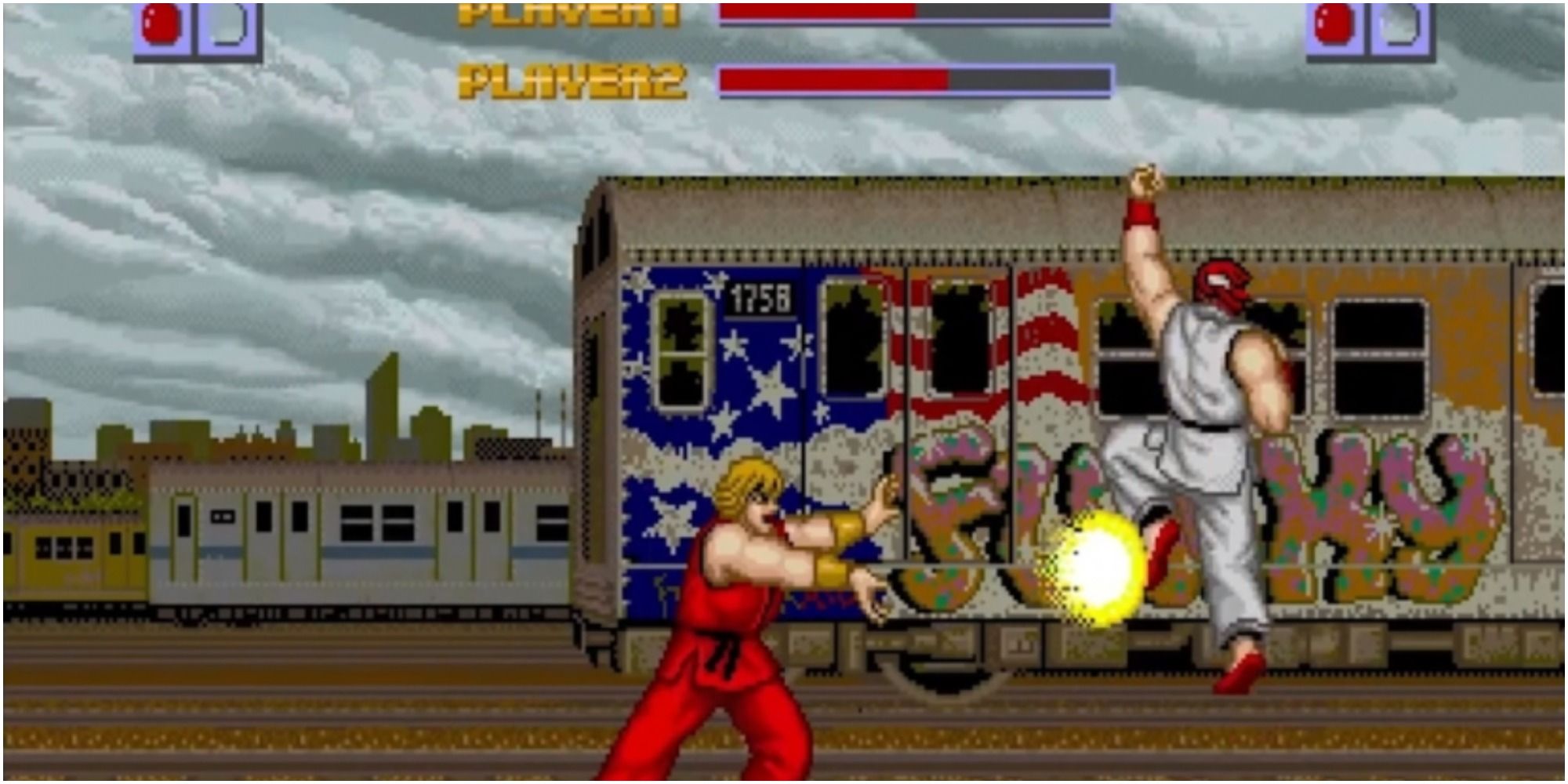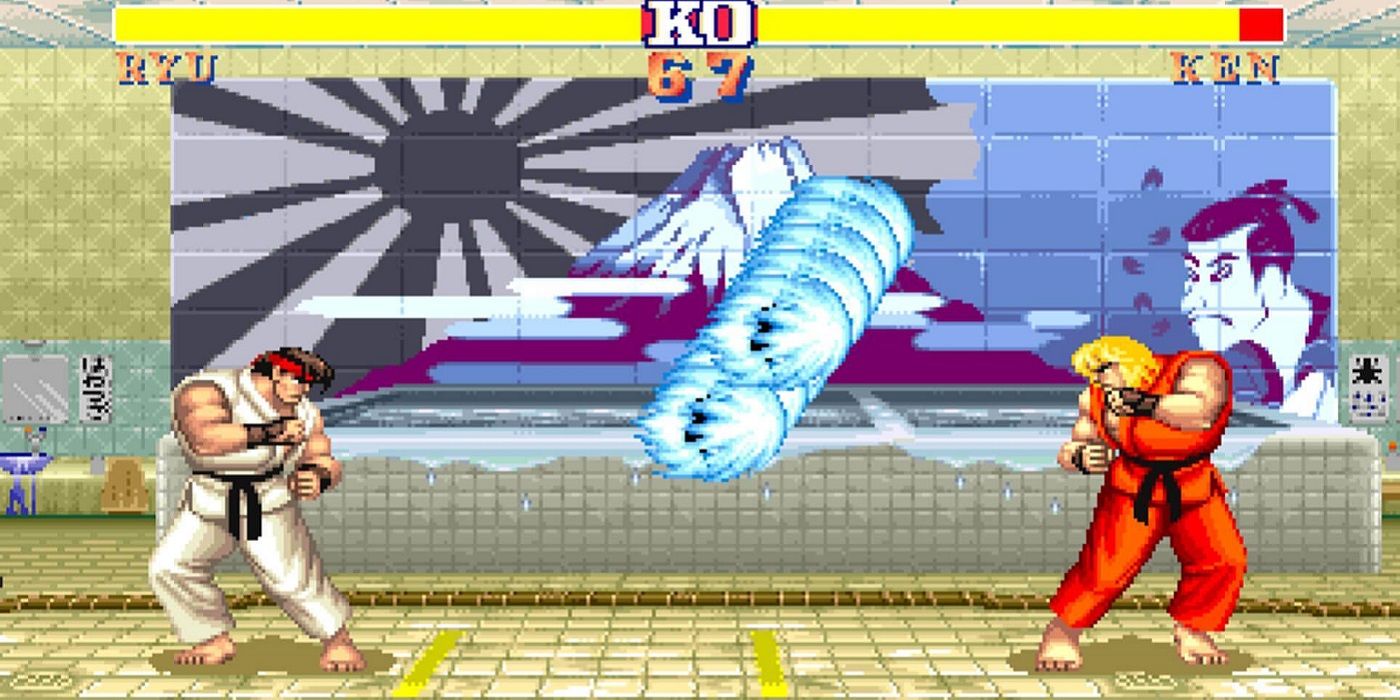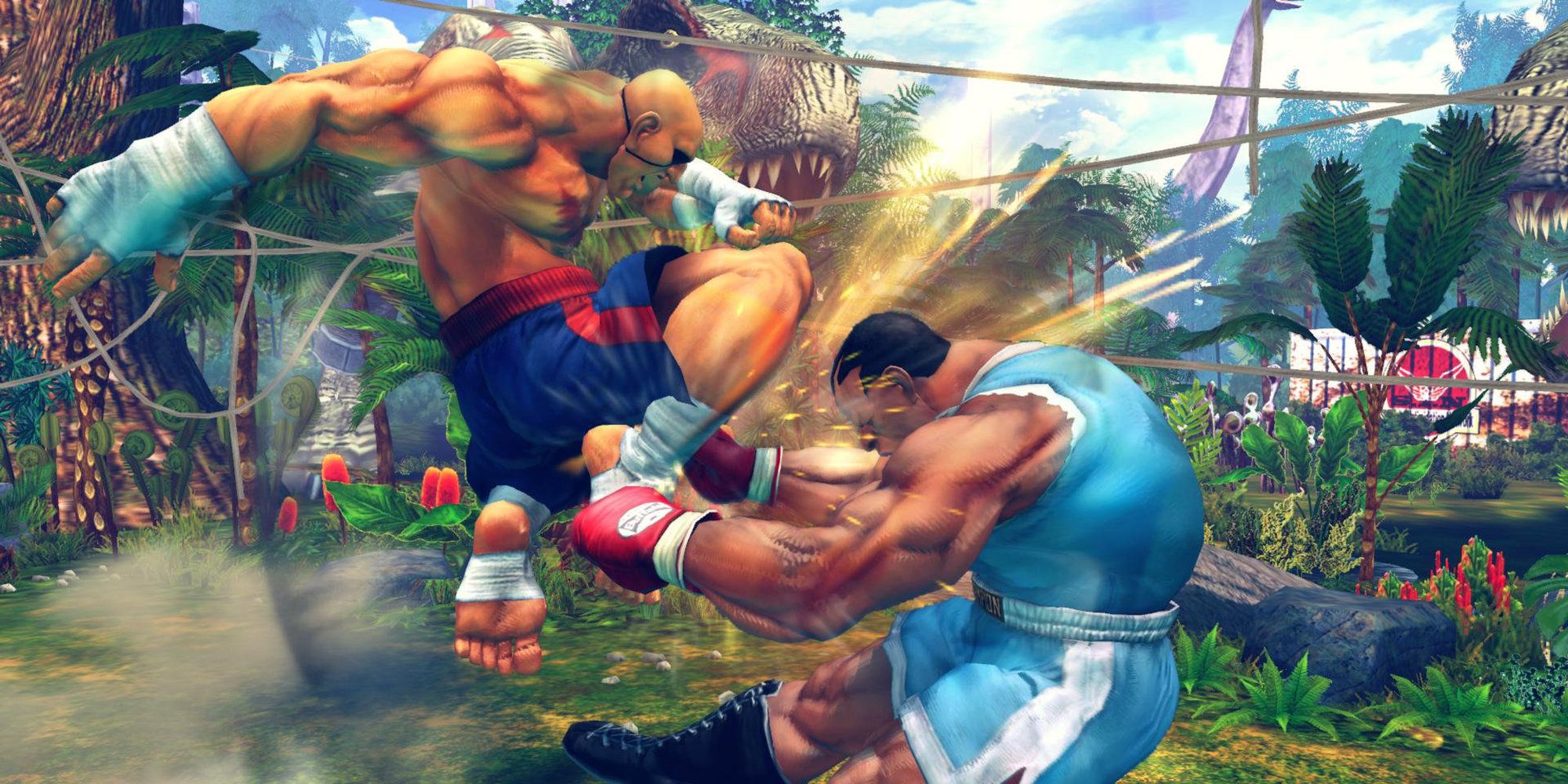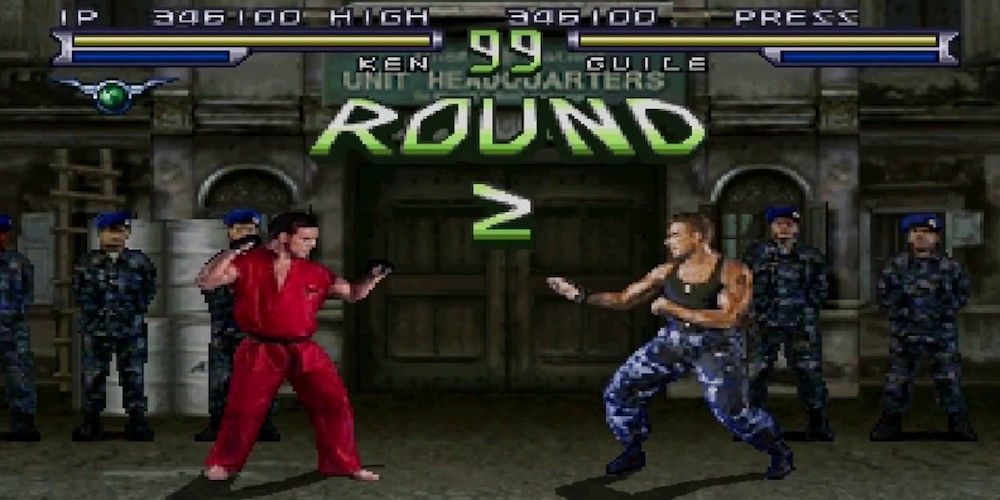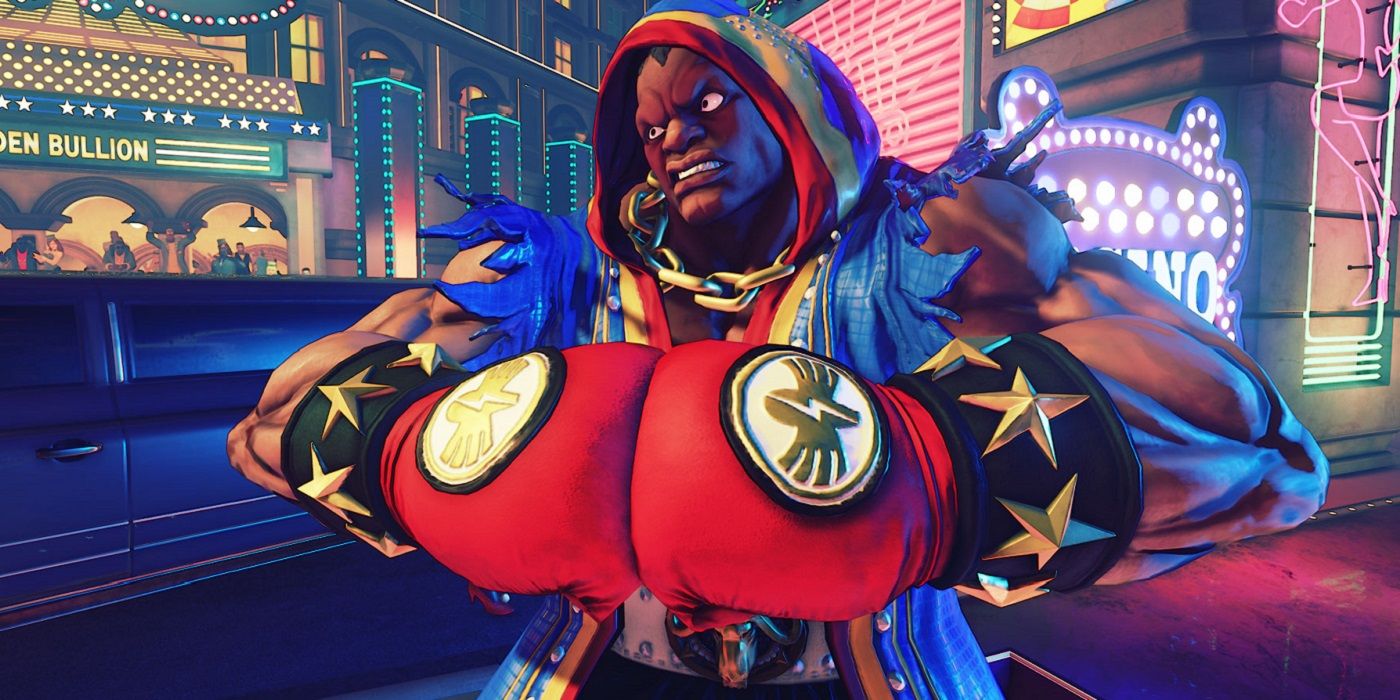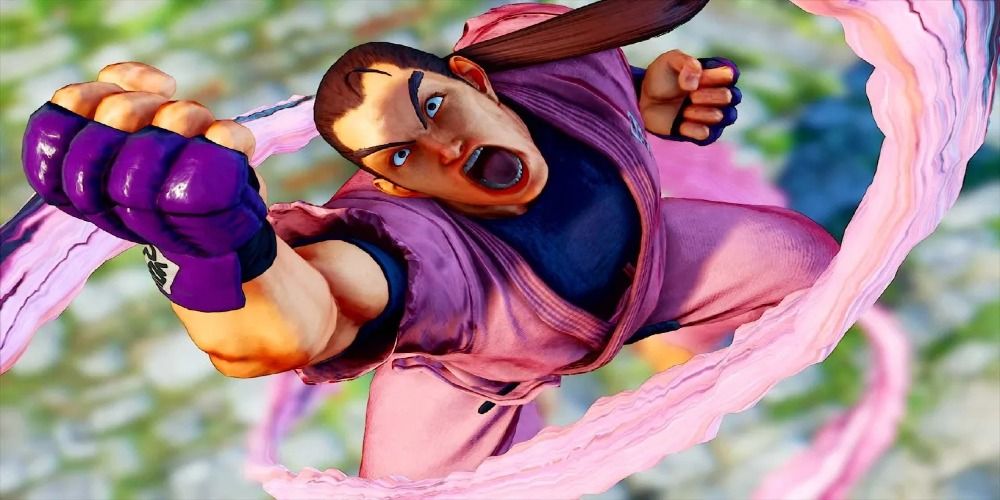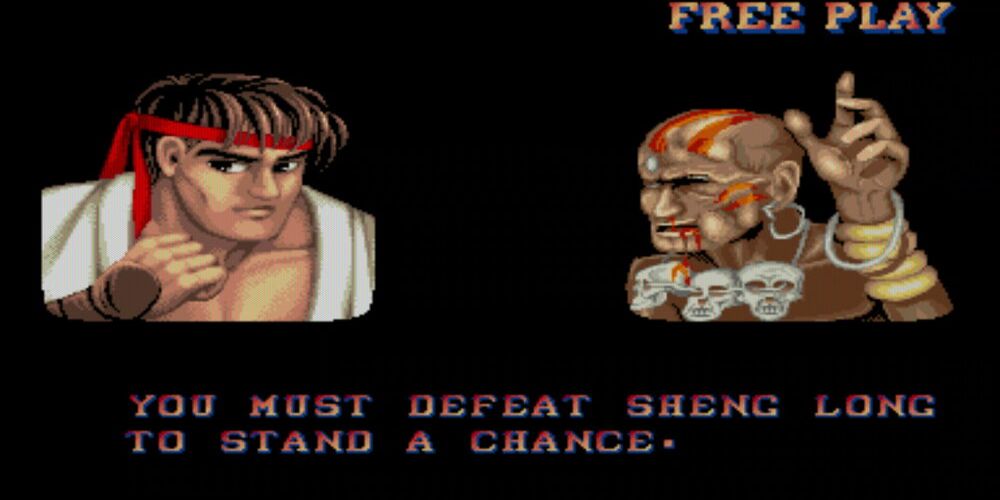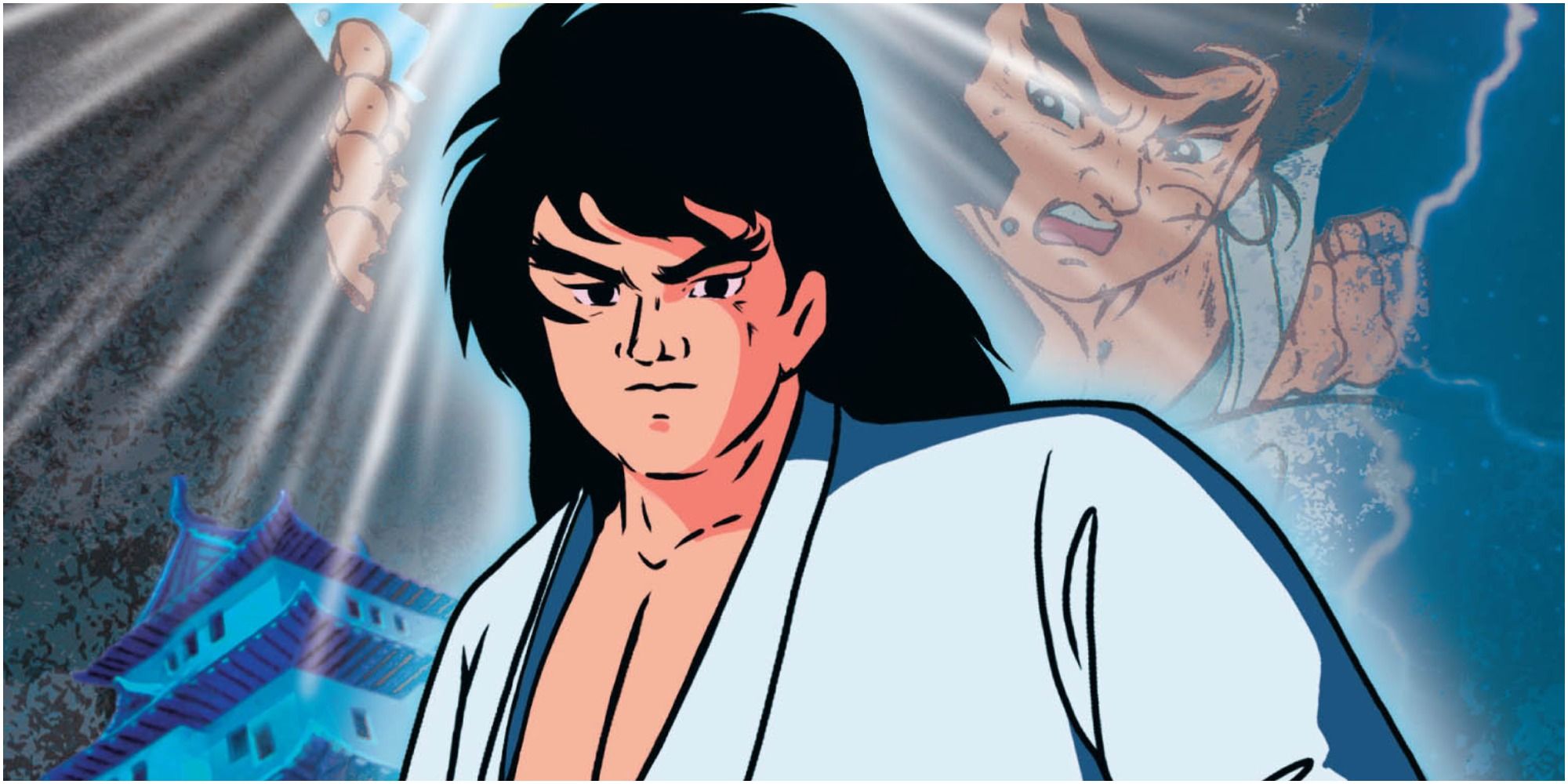Responsible for kicking off the fighting game boom of the 1990s, Street Fighter is one of the most iconic fighting games of all time. With its first appearance debuting in arcades in 1987, the Street Fighter series has had a major impact on the fighting game genre as a whole, while maintaining much of its own unique identity.
While the series is still popular to this day with the franchise's most recent entry, Street Fighter V being one of the most entered games in Evo's history there are still many lesser-known facts about the series that are unknown to some fans. So today, we're going to examine ten facts about Street Fighter's history that some fans might not know about!
10 Single Player Origins
While modern fighting games are primarily focused on their multiplayer, the first Street Fighter was largely based around its single-player mode. Taking the form of what is now a traditional arcade mode, the game's single-player only allowed players to play as Ryu, battling against various foes with differing abilities. Meanwhile, the game's simplistic two-player versus mode only allowed players to access two identical characters without any differences: Ryu and Ken.
9 Unbalanced Command Moves
Unlike in modern fighting games in which special moves are meticulously tested, when the command inputs such as those used to execute a Hadouken and Shoryuken were first implemented into Street Fighter I, they were horribly unbalanced.
While such command input moves are now a staple to the genre, they effectively functioned as something of a cheat code, with the Hadouken and Shoryuken each erasing massive fractions of a foe's life bar.
8 The First Traditional Fighting Game
While Street Fighter I kicked things off for the series, Street Fighter II is often credited as being the first traditional modern fighting game. This is because Street Fighter II was the first fighting game that allowed players to select one of many unique characters that possessed entirely distinct abilities from one and other, letting players access several differing gameplay styles.
7 Input Leniency
One element of gameplay that is synonymous with Street Fighter is its aforementioned inclusion of motion inputs that are required to access each character's special moves. Since the series beginning, with each entry, motion inputs have been made more and more lenient and forgiving to execute.
While the first entry of the series possesses notoriously strict input timing that can even give seasoned veterans difficulty, the most recent entries have aimed to make command inputs much more accessible, to the point where some players are able to access command moves with incorrect inputs altogether!
6 Combos Were Unintentional
Though combos are now not just synonymous with Street Fighter, but the fighting game genre as a whole, their inclusion in Street Fighter II was initially unintentional. Originally an unintentional glitch within Street Fighter II that allowed players to string together several attacks while an opponent was locked in stun, this unintentional mechanic quickly became a selling point following the game's release. This would go on to provoke Capcom and other fighting game developers to lean into combos as a core gameplay mechanic.
5 Street Fighter: The Movie: The Game
While many Street Fighter games such as Street Fighter II Turbo, Street Fighter III: Third Strike, and Ultra Street Fighter IV are often discussed as some of the best fighters of their respective eras, not every game in the franchise is a well-known gem.
Not only did Street Fighter have a namesake spin-off live-action film, but the spin-off film ended up spinning off its own video game. Yes, you read that correctly; a video game based on a movie, based on a video game. Street Fighter: The Movie: The Game was released in 1995, using digitized sprites of the film's actors in a style comparable to the visuals of Mortal Kombat. The game is one of the most poorly reviewed entries in franchise history and is a game that players would want to forget if it wasn't so laughably terrible.
4 M. Bison, Balrog, And Vega
Any player who has had exposure to a Street Fighter game in another region has likely noticed the inconsistency within the naming of some characters; namely M. Bison, Balrog, and Vega. While the original Japanese names of these characters have the dictator named Vega, the boxer named M. Bison, and the clawed assassin named Balrog, these names are swapped in American copies, having the dictator's name swapped to M. Bison, the boxer's name to Balrog, and the assassin's name to Vega. This is because, in the Japanese version of the game, the M in M. Bison initially stood for Mike, referencing real-life boxer, Mike Tyson. In order to avoid any legal action, the names were changed overseas. Adding even further to these changes, European copies of Street Fighter games chose to simplify these characters names, simply calling these characters Dictator, Boxer, and Claw.
3 Dan Hibiki And Ryo Sakazaki
Street Fighter's recurring joke character of Dan Hibiki was initially designed as a jab at fellow fighting game developer SNK. After the release of SNK's Art of Fighting, Capcom felt that the game's protagonist Ryo Sakazaki was a cheap rip-op of Ryu. In order to poke fun at Ryo, they introduced the overly weak character of Dan, a character whose attacks did very little damage but resembled those of Art of FIghting's protagonist, even having Dan throw his ineffective projectiles in the same position as Ryo's.
2 Sheng Long
Sheng Long is often considered one of the biggest hoaxes in the history of fighting games. After a mistranslation of one of Ryu's win quotes in Street Fighter II prompted the character to say, "You must defeat Sheng Long to stand a chance," mistranslating Shoryuken to Sheng Long, the magazine Electronic Gaming Monthly went on to release an article stating that Sheng Long was a secret boss character hidden within the game.
1 Inspired By Karate Master
While the series protagonist, Ryu possesses one of the most iconic character designs in the fighting game genre, both Ryu's design and the design of Sagat, the antagonist of Street Fighter I were each heavily inspired by the manga, Karate Master. While Ryu bears a great deal of resemblance to the manga's protagonist, Yoshiji Soeno, with the storyline of Street Fighter I being comperable to Karate Master, Sagat looks uncannily like the eye patch clad Mauy Thai fighter, Reiba.

